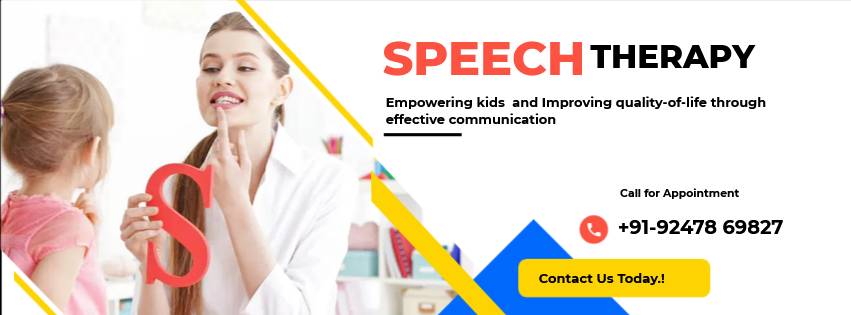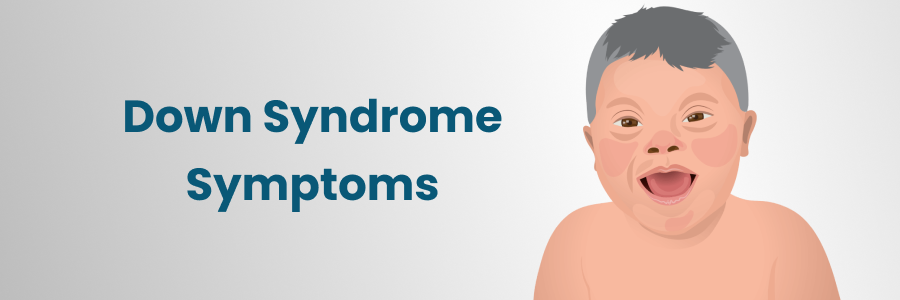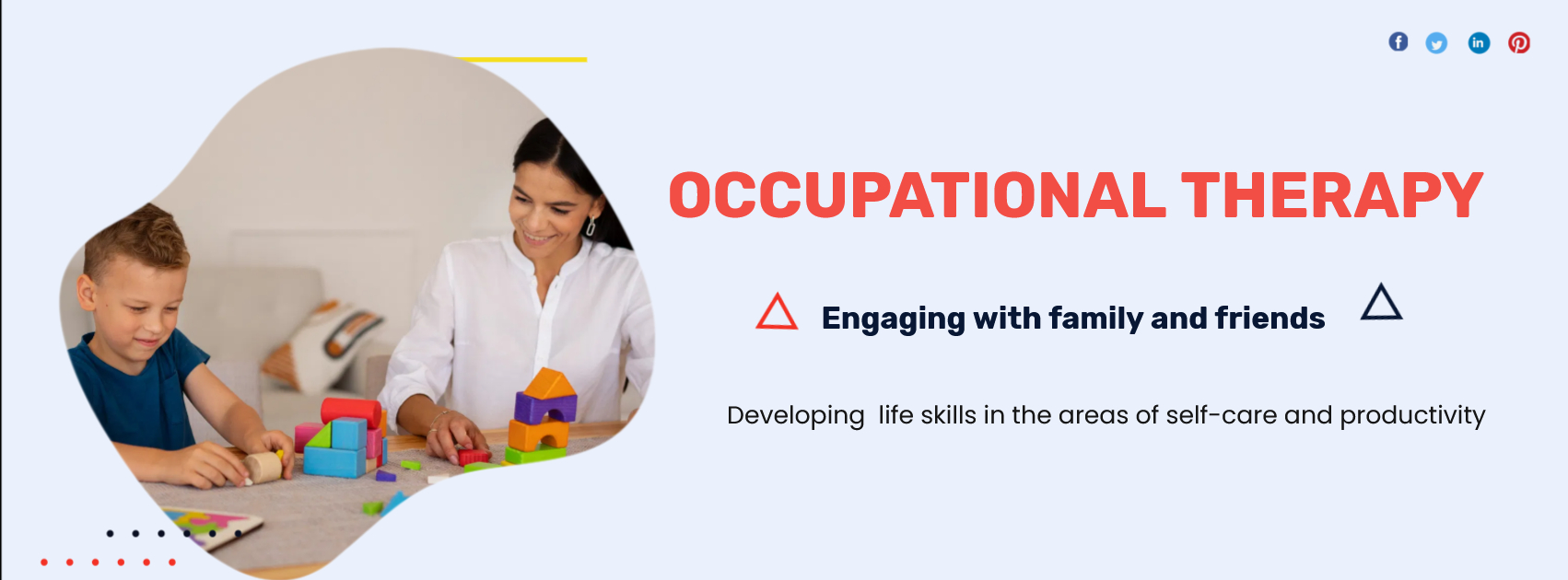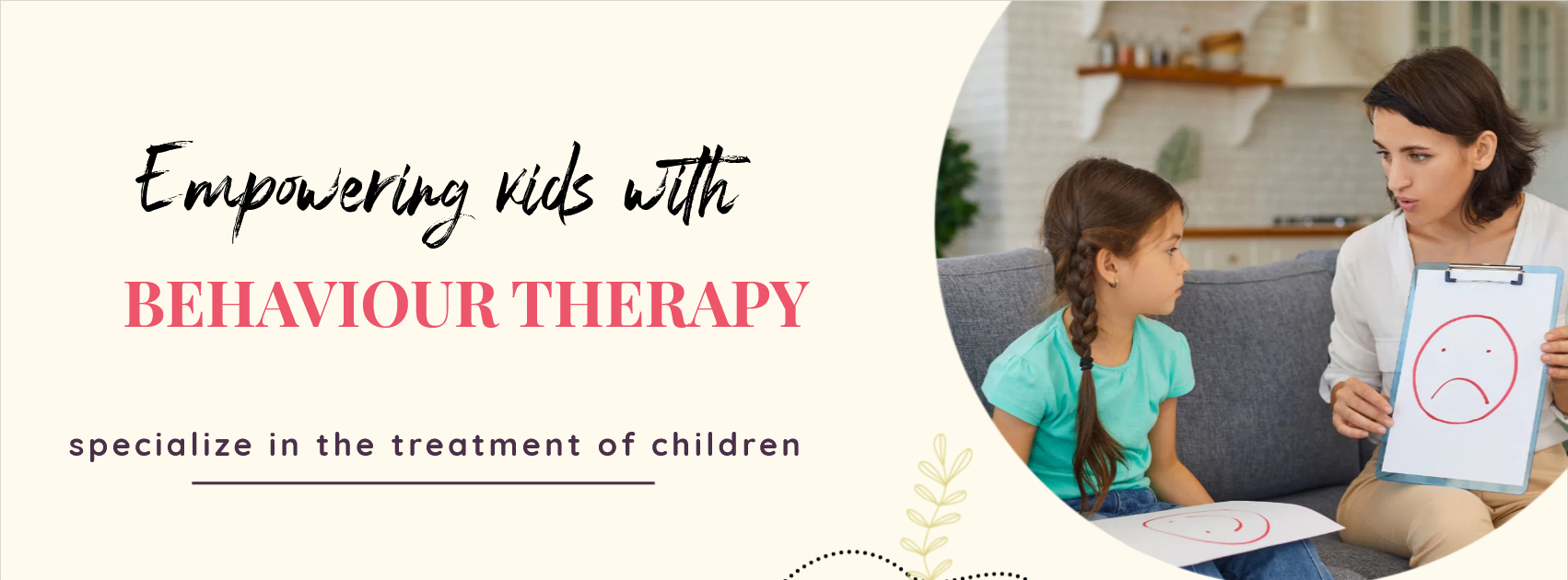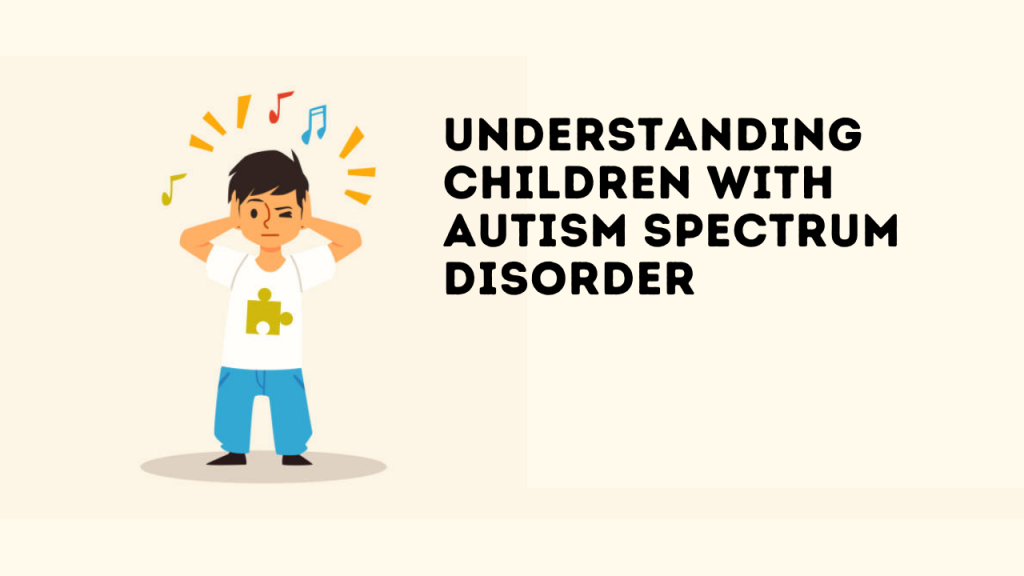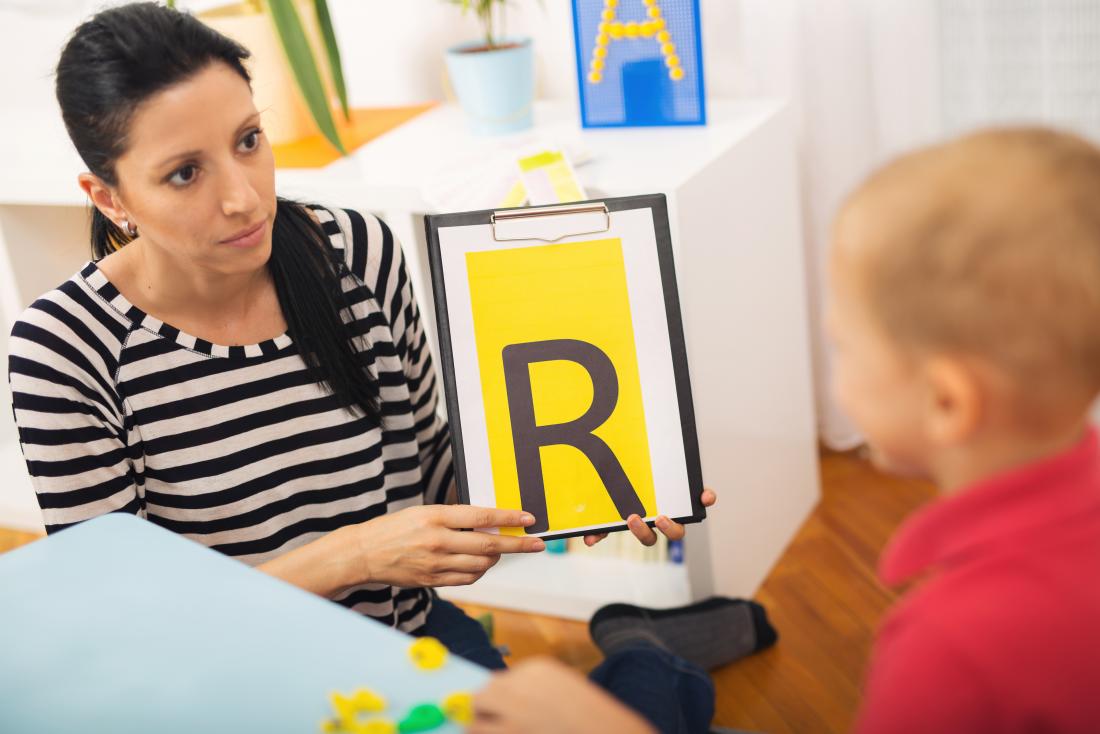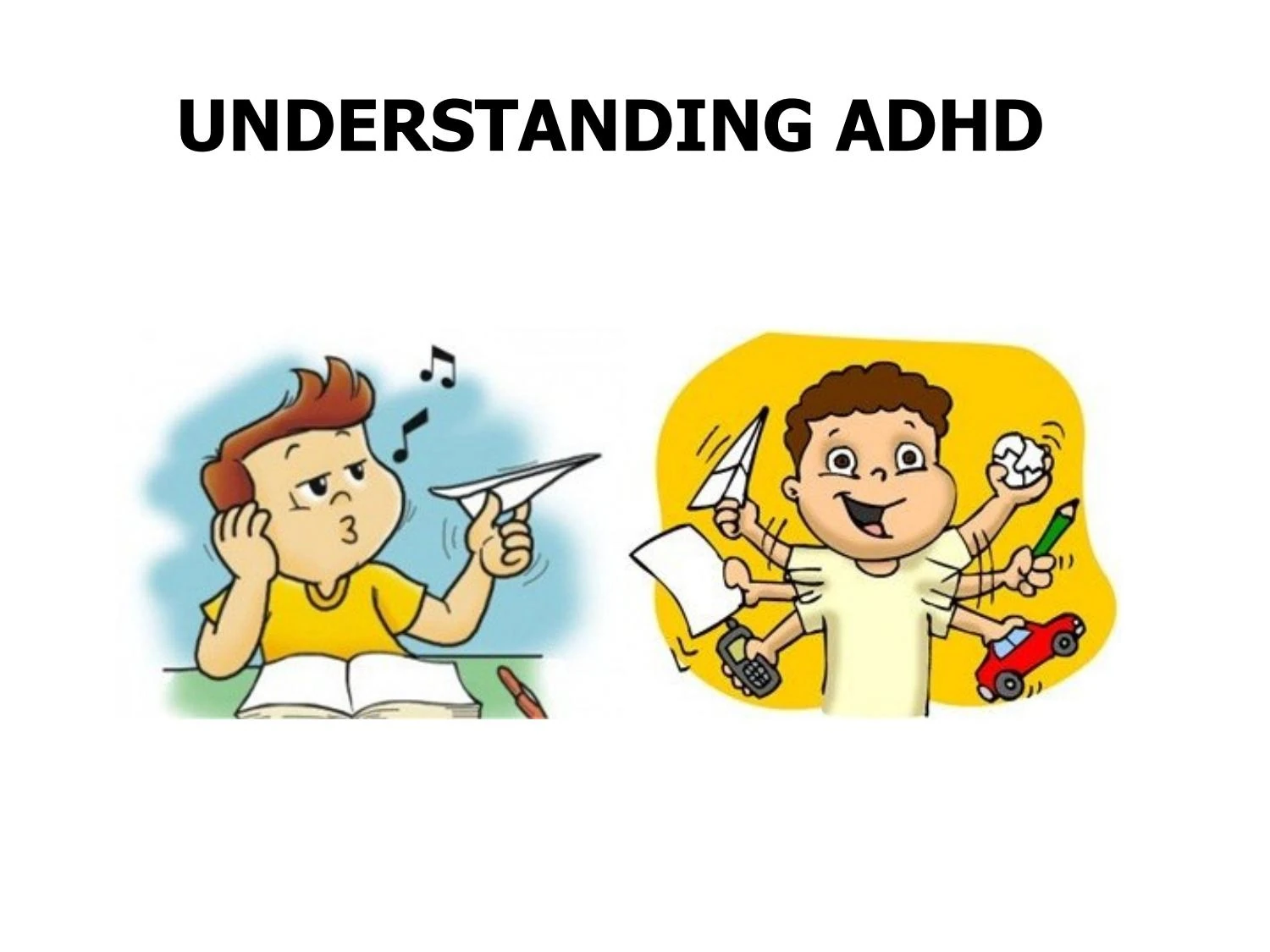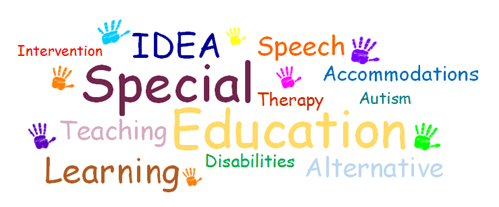
Special Education refers to a range of educational services and practices designed to support students with disabilities or learning differences. The goal of special education is to provide these students with access to the same educational opportunities as their peers by addressing their unique needs and helping them achieve their full potential. Special education includes both tailored instruction and additional resources, which may vary depending on the nature of the student's disability, the severity of the condition, and their personal learning needs.
Key Principles of Special Education:
-
Individualized Instruction: Special education programs are designed to meet the unique needs of each student. This is often achieved through Individualized Education Programs (IEPs), which outline specific goals, accommodations, and teaching strategies tailored to the student’s abilities.
-
Inclusive Education: Special education supports the inclusion of students with disabilities in regular classrooms, providing appropriate accommodations and modifications to ensure they can participate alongside their peers. This approach promotes social integration and helps students develop social, academic, and behavioral skills.
-
Free and Appropriate Public Education (FAPE): In many countries, including the United States under the Individuals with Disabilities Education Act (IDEA), students with disabilities are entitled to free and appropriate education. This means that schools must provide the necessary services, interventions, and supports at no cost to the families.
-
Least Restrictive Environment (LRE): The principle of LRE ensures that students with disabilities should be educated with their non-disabled peers to the maximum extent possible. Special education services are provided in the least restrictive setting, which may range from a regular classroom to a separate special education classroom or even a special education school, depending on the needs of the child.
-
Early Intervention: Early identification of disabilities and providing services as early as possible are crucial for helping children with disabilities succeed in school and later in life. Early intervention can significantly improve outcomes by addressing developmental delays at a young age.
Types of Disabilities Addressed by Special Education:
Special education addresses a wide range of disabilities, each requiring different types of support. Some of the most common disabilities include:
-
Learning Disabilities: These include conditions like dyslexia (difficulty with reading), dyscalculia (difficulty with math), and dysgraphia (difficulty with writing). Students with learning disabilities may require accommodations such as extra time on tests, reading aids, or alternative learning methods.
-
Autism Spectrum Disorder (ASD): ASD is a developmental disorder that affects social communication, behavior, and learning. Special education programs for students with autism may focus on improving communication skills, social interactions, and coping strategies.
-
Intellectual Disabilities: These involve limitations in intellectual functioning and adaptive behavior. Students with intellectual disabilities may require modified curriculum, more frequent teacher support, and adaptive learning tools to meet their educational needs.
-
Speech and Language Impairments: These disabilities affect a student’s ability to communicate effectively. Special education services might include speech therapy, language development programs, and communication aids.
-
Physical Disabilities: Students with physical disabilities (such as mobility impairments, cerebral palsy, or other conditions) may need assistive technology, physical therapy, or modified equipment to help them access education in a meaningful way.
-
Emotional and Behavioral Disorders: These include conditions like attention deficit hyperactivity disorder (ADHD), anxiety disorders, or conduct disorders. Students with emotional and behavioral challenges may benefit from behavioral interventions, social skills training, and counseling.
-
Sensory Impairments: This category includes hearing impairments and visual impairments. Special education services for these students often include the use of hearing aids, sign language, Braille, or specialized computer software to assist with learning.
-
Multiple Disabilities: Some students have more than one disability (for example, a combination of intellectual disability and physical disability). These students may need a variety of accommodations, specialized equipment, and individualized teaching strategies.
Types of Special Education Services:
Special education services are diverse and tailored to the needs of individual students. Common services and strategies include:
-
Individualized Education Program (IEP):
- An IEP is a legally binding document that outlines the goals, services, accommodations, and modifications a student with disabilities will receive. It is developed in collaboration with teachers, parents, special education staff, and the student (when appropriate).
- The IEP sets specific academic and behavioral goals and ensures that students are receiving the necessary supports to meet those goals.
-
Specialized Instruction:
- This may include one-on-one teaching, small-group instruction, or instruction provided by special education teachers who have expertise in the student’s specific needs. The instruction may be adapted to the student's learning style, whether that involves visual, auditory, kinesthetic, or other methods of teaching.
-
Speech and Language Therapy:
- For students with speech or language impairments, speech therapists help with articulation, fluency, vocabulary, and social communication skills.
-
Occupational Therapy (OT):
- Occupational therapy assists students with physical disabilities or sensory challenges to develop skills for daily activities, such as writing, using computers, and performing self-care tasks. OT can also help with fine motor skills and sensory processing issues.
-
Physical Therapy (PT):
- Physical therapy helps students with physical disabilities improve their strength, coordination, balance, and mobility, enabling them to participate more fully in school activities.
-
Behavioral Therapy and Counseling:
- For students with emotional or behavioral disorders, therapists may provide counseling and behavior modification strategies. This could include helping students develop social skills, anger management techniques, or strategies for managing ADHD symptoms.
-
Assistive Technology:
- Technology tools like screen readers, speech-to-text software, hearing aids, communication devices, and adapted keyboards can be invaluable in helping students with disabilities access the curriculum.
-
Resource Rooms:
- A resource room is a designated space where students can receive additional support outside of the regular classroom. In a resource room, students may work on specific skills such as reading or math, often in a smaller group or one-on-one setting.
-
Inclusive or Co-Teaching:
- In inclusive classrooms, students with disabilities learn alongside their peers, with support from special education teachers or aides. Co-teaching is a model where both a general education teacher and a special education teacher work together in the same classroom to meet the diverse needs of all students.
Benefits of Special Education:
-
Personalized Support: Special education services are tailored to meet the unique needs of each student, helping them to succeed in areas where they might otherwise struggle.
-
Access to Equal Educational Opportunities: Special education ensures that students with disabilities have the same opportunities to succeed academically and socially as their peers, through appropriate accommodations and modifications.
-
Improved Social Skills: Students with disabilities often have opportunities to interact with their peers in both specialized and inclusive settings, fostering social development and friendships.
-
Enhanced Self-Esteem: With proper support, students with disabilities can develop confidence in their abilities, which can help them succeed not only in school but also in life beyond the classroom.
-
Life Skills Development: Special education programs often focus on teaching essential life skills that help students become more independent and successful in society.
Challenges of Special Education:
-
Stigma and Stereotyping: Some students may face social stigma or isolation, either from peers or adults, due to their disability. Overcoming these barriers requires awareness, sensitivity, and inclusion in all aspects of school life.
-
Funding and Resources: Special education programs often require significant resources, such as specialized staff, materials, and technology. Ensuring that schools are adequately funded to provide these services can be a challenge.
-
Teacher Training: Teachers in both general and special education need ongoing professional development to effectively support students with a wide range of disabilities. Training in differentiation, behavior management, and the use of assistive technology is essential.
-
Inclusion vs. Segregation: Balancing inclusive education with the need for specialized instruction in separate settings can be difficult. Some students may need more focused support in specialized settings, while others benefit from being educated alongside their peers.
-
Transition to Adulthood: Students with disabilities may require additional support as they transition from school to post-school activities, such as work, higher education, or independent living. Transition planning is a crucial part of special education that helps students gain skills necessary for adulthood.


